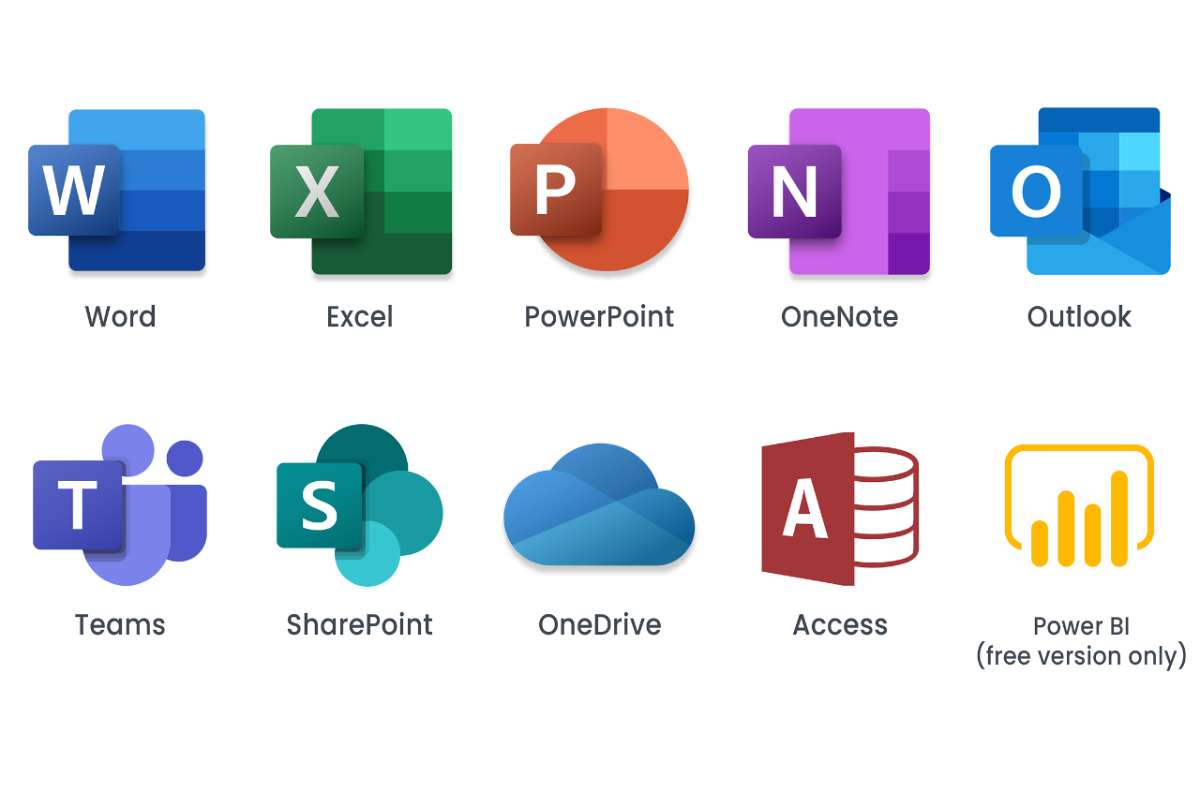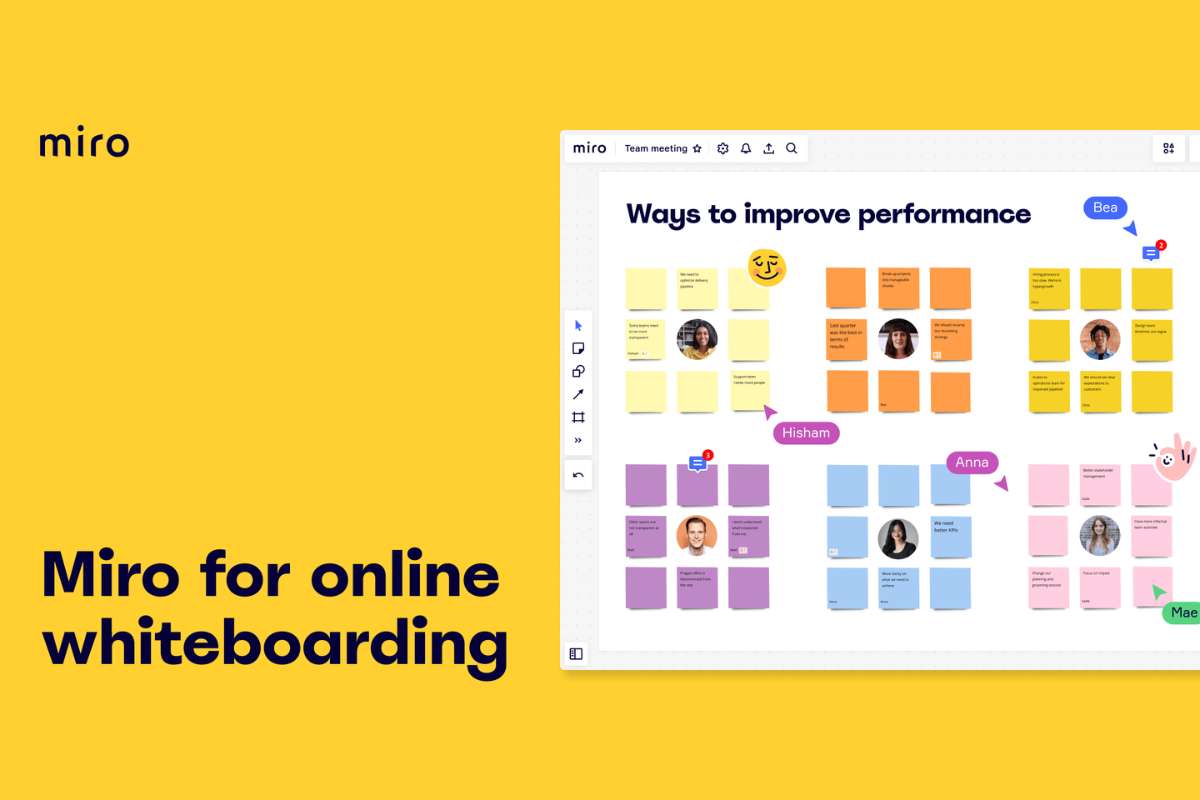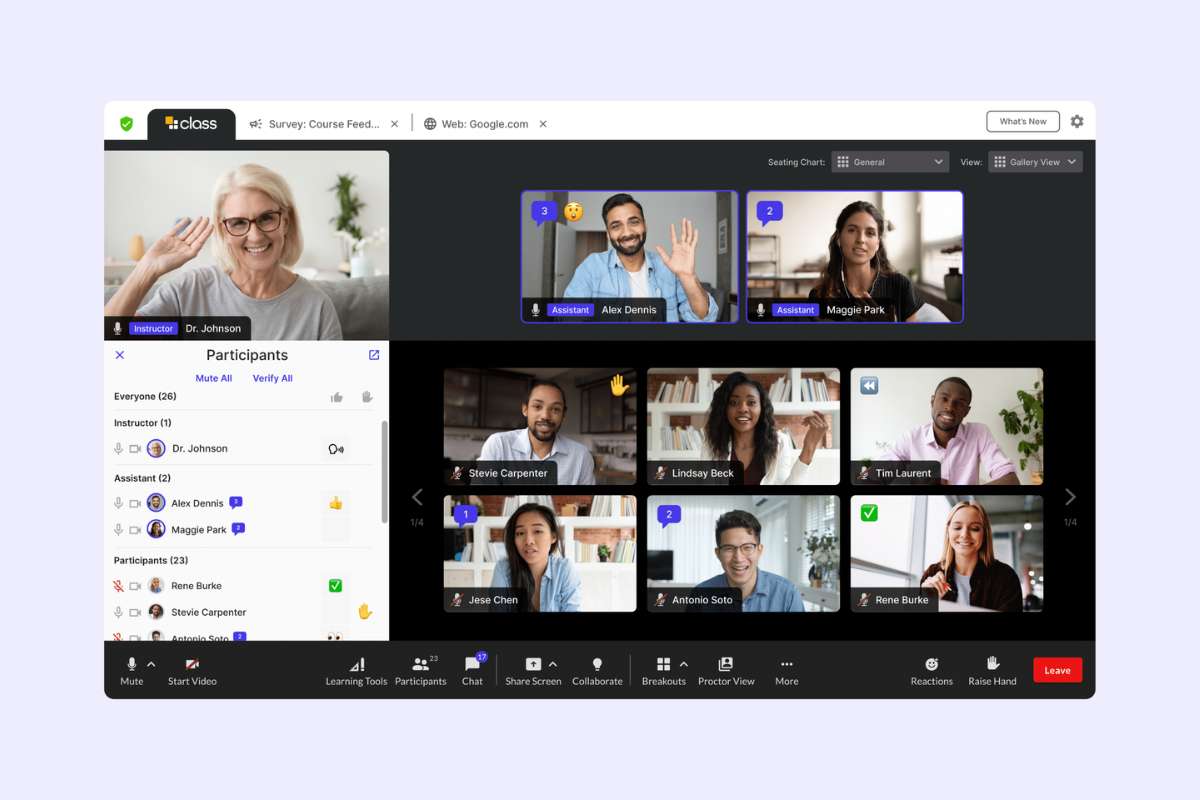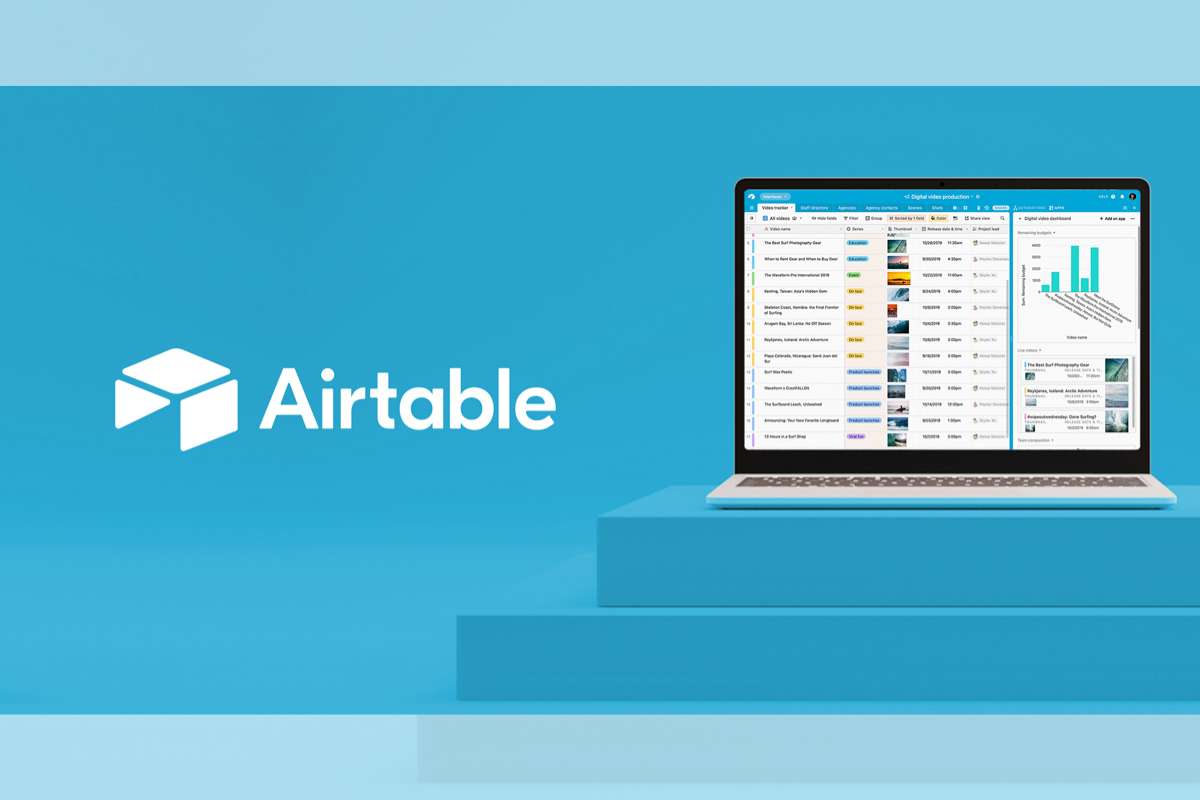Think about your workday for a moment. Instead of rushing through traffic, you’re running a client call from your balcony. Your teammate is in Berlin, another is in Bangalore, and someone else is dialing in from New York, yet the workflow feels effortless. That’s the magic of today’s remote work tools.
This way of working isn’t going away anytime soon. A recent survey found that 82% of business leaders plan to keep some form of remote work tools in place long-term. On the other side, 73% of employees say they want flexible remote options to continue. Clearly, remote work isn’t a temporary fix; it’s becoming the new standard.
But here’s the catch: just having Zoom and Wi-Fi isn’t enough. The real difference comes from the tools you choose, the ones that keep teams aligned, projects on track, and ideas flowing, no matter where people are logging in from.
In this blog, we’ll cover:
- The top 10 remote work tools for 2026
- Categorization for different team needs
- How CIOs leverage these remote work tools to gain a competitive edge
- Future trends shaping remote collaboration
Remote work is here to stay, and the right tools can be the difference between just getting by and truly thriving. Here are the top 10 remote work tools that can be beneficial to you as well:
Top 10 Remote Work Tools that You Need in 2026:
1. Slack – Real-Time Team Conversations
- Benefit: Cuts down on long email threads and keeps everyone in sync through instant messaging, channels, and app integrations.
- Over 47.2 million daily active users in 2025; 72% of users work in remote/hybrid settings.
Slack continues to be a go-to platform for real-time team communication, offering more than just messaging and channels. Its AI-powered search and conversation summaries make retrieving key information effortless, while workflow automation helps teams reduce repetitive tasks. Additionally, Slack integrates seamlessly with platforms like Salesforce, allowing users to access CRM data without leaving their workspace, making it a hub for collaboration and productivity.

2. Microsoft 365 / Teams – Complete Collaboration Suite
- Benefit: Brings chat, video calls, and Office apps together in one place, making collaboration seamless and secure for enterprises.
- Around 320 million daily active users by mid-2025
Microsoft Teams has evolved into a complete collaboration suite, one of the most powerful remote work tools, going beyond chat and video calls. With AI-driven meeting insights, Teams can generate summaries and action items automatically, ensuring nothing falls through the cracks. Its multilingual meeting support enables global teams to communicate effortlessly, and enhanced calendar integrations streamline scheduling across time zones, making it ideal for enterprises navigating hybrid work environments.

3. Miro – Virtual Whiteboard for Brainstorming
- Benefit: Helps teams brainstorm and visualize ideas in real time, boosting creativity and alignment during workshops or strategy sessions.
- Cleared 90 million users across 250,000 organizations
Miro offers an intuitive virtual whiteboard experience that helps teams brainstorm, visualize, and align ideas in real time. Beyond its visual collaboration features, Miro now includes AI-assisted content generation and Adobe Express integration, allowing users to create and edit visuals directly on the platform. Video collaboration tools and a growing community template library make workshops, strategy sessions, and design sprints more dynamic and creative.

4. Asana – Task Management & Workflow Automation
- Benefit: Keeps projects on track by assigning tasks, setting deadlines, and automating repetitive work, freeing teams to focus on big goals.
- Used by 169,000+ paying companies; 73% of Fortune 500 rely on it; 2.5 million+ weekly active users
Asana remains a favorite remote work tool, bringing AI-powered workflows that help teams prioritize tasks efficiently. Advanced reporting tools give managers clear insights into project progress, while customizable dashboards allow teams to track performance at a glance, making project management more transparent and actionable.

5. Trello – Simple Visual Project Tracking
- Benefit: Offers a drag-and-drop card system that makes project progress easy to see at a glance, ideal for teams that value simplicity.
- 76.75 million visits in Jan 2025; wide user base across the U.S., UK, Brazil, etc. 50 million registered users as of 2021.
Trello remains a simple yet highly effective visual project tracking tool, enhanced with AI-driven productivity features that automate task management and reduce manual effort. Its unified navigation bar makes switching between boards, planners, and inboxes seamless, and new personal productivity tools help individual team members stay organized and focused.

6. Google Workspace: Cloud Collaboration Made Easy
- Benefit: Allows teams to co-edit documents, store files securely, and hold meetings without switching platforms, making remote work more efficient.
- Over 3 billion users; holds 50%+ market share in productivity software; 6 million+ paying business customers.
Google Workspace continues to dominate cloud collaboration, making it a must-have tool for remote teams. With AI-powered document summarization via Gemini AI, teams can digest information faster. Enhanced calendar features, such as appointment booking pages, simplify scheduling, and AI-driven video editing tools bring content creation directly into the workspace.

7. Zoom – Reliable Video Meetings
- Benefit: Ensures smooth, stable video calls with features like breakout rooms and webinars, keeping remote meetings engaging and productive.
- 300 million+ daily meeting participants in 2025. 55.9% video-conferencing market share.
Zoom has maintained its reputation as a reliable video meeting platform while introducing AI companion features that generate post-meeting summaries and insights. Customizable meeting layouts, virtual backgrounds, and robust security measures enhance both the experience and safety of remote meetings, keeping teams connected and engaged.

8. Airtable – Flexible Data Organization
- Benefit: Turns complex spreadsheets into easy-to-navigate databases, helping teams organize projects, content calendars, or pipelines visually.
- Serves 450,000+ organizations globally (2025)
Airtable transforms complex spreadsheets into visually intuitive databases, acting as a versatile remote work tool. AI workflow automation and advanced data visualization help teams organize projects efficiently, while integrations with Slack, Google Drive, and Salesforce allow collaboration without switching platforms.

9. UCaaS Platforms – Unified Communication in One App
- Benefit: Reduces “app fatigue” by combining voice, video, messaging, and collaboration in a single platform, simplifying remote operations.
- 75% of companies want to reduce apps; UCaaS streamlines communication for better productivity.
UCaaS platforms unify communication in a single application, combining voice, video, messaging, and collaboration features. These platforms offer enterprise-grade security, ensuring sensitive communications remain protected, and are highly scalable to support growing teams, making them a cornerstone for streamlined and efficient remote operations.

10. TeamViewer ONE (DEX) & AR Tools – Remote Support & Engagement
- Benefit: Provides secure, real-time IT support and remote troubleshooting, improving employee confidence and reducing downtime.
- Widely used in enterprises for efficient IT support and improved employee experience.

TeamViewer ONE (DEX) and AR tools provide immersive remote work tools, offering augmented reality guidance, secure real-time IT assistance, and enterprise-grade security. These platforms reduce downtime, increase employee confidence, and are particularly valuable for industries requiring advanced troubleshooting and remote engagement.
Remote Work Tools by Category
Now that we’ve seen how individual tools are reshaping remote work, it’s helpful to organize them by category. Not every platform does the same job; some are built for instant team chats, while others shine in project tracking, brainstorming, or even IT support. To make it easier, here’s a quick breakdown of remote work tools by category, along with who benefits most from each:
| Category | Top Tools | Ideal For |
| Communication & Instant Collaboration | Slack, UCaaS platforms, Microsoft Teams | Cross-functional teams that need real-time chat and file sharing across time zones |
| Project & Task Management | Asana, Trello, Airtable | Managers running sprints, marketing teams planning campaigns, or startups scaling fast |
| Meetings & Screen Sharing | Zoom, Microsoft Teams, Google Meet | Distributed teams hosting client calls, global training sessions, or daily standups |
| Visual & Creative Collaboration | Miro | Creative teams, product designers, or strategists mapping ideas visually |
| Cloud Storage & Co-Authoring | Google Workspace, Microsoft 365 | Teams co-authoring reports, building client presentations, or managing shared assets securely |
| Remote Support & Engagement | TeamViewer (DEX), AR tools | IT teams providing 24/7 support, or industries needing immersive, remote troubleshooting. |
No single tool solves everything. The real advantage comes from combining the right mix, like Slack with Asana, or Teams with Miro, to create a smooth, balanced digital workspace without app overload.
How CIOs are Turning Tools into Competitive Edge?

For CIOs, remote work isn’t just about keeping the lights on; it’s about building a future-ready workplace where agility, security, and culture go hand-in-hand. Here’s how forward-looking IT leaders are using remote work tools as strategic levers:
1. Hybrid Resilience & Tech Stack Simplification
CIOs are cutting app clutter by leaning on UCaaS platforms. Instead of juggling Slack, Zoom, and email separately, unified systems are consolidating workflows, reducing costs, and boosting reliability.
2. Employee Engagement & Frictionless Support
Real-time remote support has become a morale booster. For example, RLI Insurance deployed TeamViewer’s DEX platform to give employees instant IT help, reducing downtime and reinforcing trust in company support systems.
3. Secure, Future-Ready Access
Zero-trust security is no longer optional. CIOs are adopting browser-based access models and enterprise-grade authentication to protect sensitive data while trimming legacy tech debt.
4. Visual-First Remote Collaboration
With PTZ camera systems like Panasonic’s AW-UE160, CIOs are transforming hybrid meetings into engaging, inclusive experiences where remote employees no longer feel like passive observers.
5. Cultural & Ethical Considerations
Tools can enable efficiency, but CIOs must balance monitoring with trust. Overuse of employee surveillance risks crossing ethical and legal lines, and progressive leaders are favoring transparency-first approaches to foster long-term loyalty.
Also Read: The Surprising Power of AI in Social Media for Daily Life
Future Perspectives: Where Remote Work Tools Are Headed
The way we work remotely is about to take another leap forward. From smarter automation to immersive hybrid spaces, collaboration tools are no longer just utilities; they’re shaping the entire work experience.
Here are the Key Shifts on the Horizon:

1. AI-Enabled Collaboration & Automation
Remote work tools are evolving into intelligent ecosystems. From auto-summarizing meetings to detecting emotional tone, AI is expected to redefine collaboration. Reports from TALiNT Partners Insights and The Australian highlight how automation is already streamlining scheduling and project workflows.
2. Asynchronous Work Explosion
The future is not always “Zoom at 9 AM.” Instead, richer info-sharing through memos, recordings, and platforms like Notion or Slite is expected to dominate. Financial Times suggests this shift reduces burnout and gives global teams more flexibility.
3. More Secure, Invisible Tech
The next wave of enterprise tools will work silently in the background zero-trust access models, encrypted browsers, and automated compliance checks. Sources like The Guardian and TechRadar underline that productivity will thrive when employees don’t even notice the security running beneath.
4. Immersive Hybrid Environments
With AR/VR advancing, hybrid teams will move closer to shared “virtual rooms.” The Australian project’s immersive workspaces will help reduce the disconnect between remote and in-office workers, creating parity in collaboration.
5. Human-Centric Data & Wellbeing
Future tools won’t just measure output; they’ll support balance. The next wave of tools will focus as much on people as on performance, offering mental health support, digital wellness features, and personalized productivity experiences.
Closing Note: Your Remote Future Starts Now
Remote work tools are no longer optional; they’re the connective tissue of modern business. But the future is about more than tech; it’s about building systems that are secure, empathetic, and truly human-first.
Which tools power your remote success? Share your go-to platforms in the comments or, better yet, tag your team to show them some love.


















